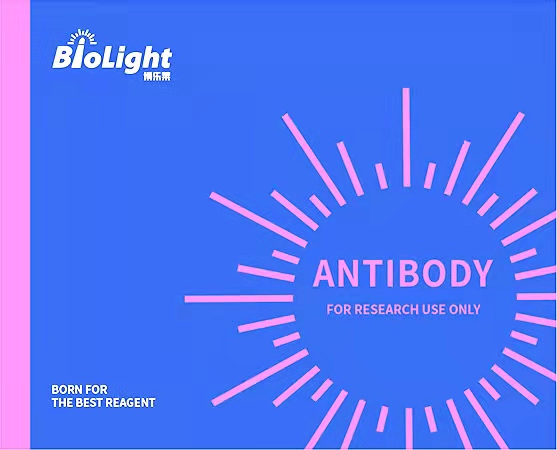
Anti-SDC1 Antibody, Rabbit Polyclonal
产品编号:PA00504HuA10
$ 询价
规格 50uL 100uL 200uL
产品名称:Anti-SDC1 Antibody, Rabbit Polyclonal
经验证的应用:WB
交叉反应:/
特异性:human SDC1
免疫原:Recombinant human SDC1 protein, fragment Gln23~Gly254; UniprotKB: P18827
制备方法:Produced in rabbits immunized with human SDC1, and purified by antigen affinity chromatography.
来源:Polyclonal Rabbit IgG
纯化:Immunogen affinity purified
缓冲液:Supplied in PBS, 50% glycerol and less than 0.02% sodium azide, PH7.4
偶联物:Unconjugated
状态:Liquid
运输方式:This antibody is shipped as liquid solution at ambient temperature. Upon receipt, store it immediately at the temperature recommended.
储存条件:This antibody can be stored at 2℃-8℃ for one month without detectable loss of activity. Antibody products are stable for twelve months from date of receipt when stored at -20℃ to -80℃. Preservative-Free. Avoid repeated freeze-thaw cycles.
别称:CD138, SDC, SYND1, Syndecan Proteoglycan 1
背景信息:Syndecan-1/CD138. Syndecan-1, designated CD138, is a dimeric type I transmembrane (TM) protein that belongs to the Syndecan family of Type 1 transmembrane proteins (1, 2). The four Syndecan family members are major carriers of heparan sulfate (HS) and chondroitin sulfate glycosaminoglycans (GAGs) that have different expression patterns and extracellular sequences. Syndecan-1 forms weak non-covalent homodimers, or heterodimers with Syndecan-2 or -3, through interactions of the transmembrane domain (3). It is synthesized as a 310 amino acid (aa) precursor with a 22 aa signal sequence, a 233 aa extracellular domain (ECD) that includes three closely spaced consensus Ser-Gly HS attachment sites near the N-terminus, a 21 aa TM segment, and a 35 aa cytoplasmic region that includes a PDZ binding motif with a tyrosine phosphorylation site (4). The ECD is variably modified by GAGs, producing molecular weights of 120 - 200 kDa for native Syndecan-1. Soluble forms are shed via proteolytic cleavage. Mouse Syndecan-1 ECD shares 70% and 87% aa identity with the ECD of human and rat Syndecan-1, respectively. Alternative splicing in mouse generates an isoform with an internal deletion of 44 aa from the ECD (5). Syndecan-1 shows highest expression on epithelial cells such as keratinocytes, and terminally differentiated B cells such as plasma cells (6, 7). It aids wound healing in skin, cornea, and heart following myocardial infarction by promoting re-epithelialization, migration, and collagen deposition (6 - 10). It binds chemokines, creating chemotactic gradients when shed, but also binds and modulates integrins to control the influx of leukocytes (7, 9, 11). The net effect is to allow, but limit, inflammation. In myeloma and other cancers, shedding of Syndecan-1 can facilitate growth, angiogenesis and metastasis (12 - 14). Growth factors, such as FGFs and HGF, bind GAG chains and use Syndecan-1 as a coreceptor (14, 15). The GAG chains may also be used by a variety of viruses and bacteria for cell adhesion and uptake (6).
全称:Syndecan-1 (SDC1)
说明书:待上传

